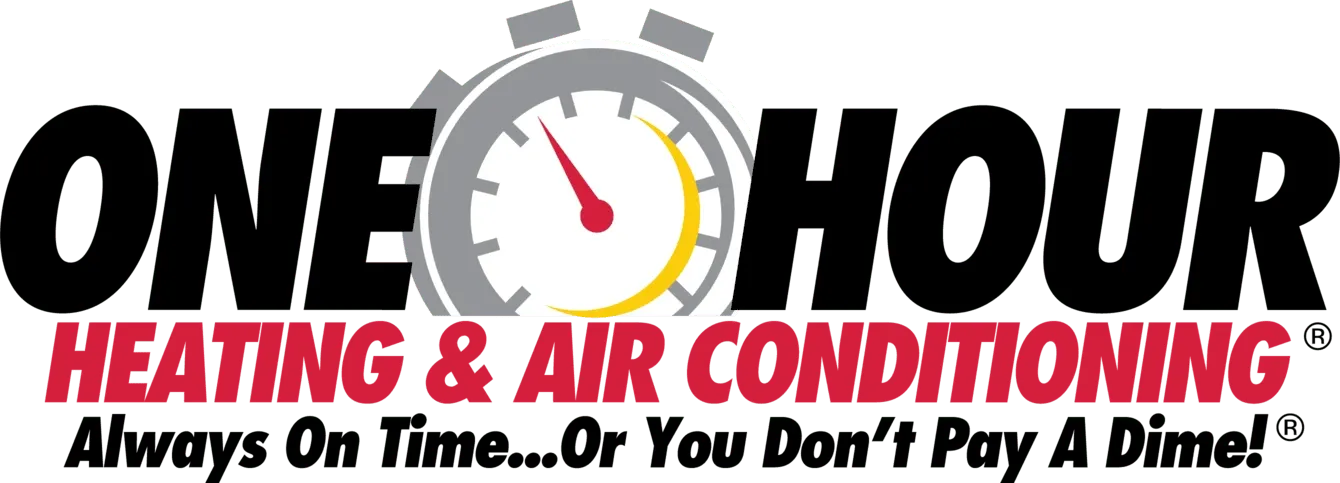How Do Ultraviolet Air Purifiers Work?
Along with continuing concerns about the spread of COVID-19, cold and flu season is just around the corner. If you’re looking for ways to protect your family’s health, you may wonder how do ultraviolet air purifiers work?
Are UV Air Purifiers Really Effective
Labs and hospitals have used UV air purifiers in clean rooms and surgical suites for many years. They’re proven to remove pathogens from the air quite effectively, reducing the transmission of staph and pneumonia.
Recently, consumer electronics manufacturers have started to market standalone portable units. You can buy these in many department stores or online shops.
But the Environmental Protection Agency cautions against these portable models. They report that portable units may “possibly” reduce particulates. But, as a whole, the organization isn’t impressed with these low-quality units.
How Ultraviolet Air Purifiers Kill Germs
The technology behind UV air purification is pretty amazing. Ultraviolet air purifiers emit UV-C light particles that penetrate microscopic particles. These particles penetrate the organisms and damage their cells and DNA. If bacteria and viruses can’t replicate, they’re destroyed.
The UV Air Purification Process
Engineered, whole-system UV air purifiers are the most effective. These are the kind recommended by professional health organizations.
Filtration
Filtration is a critical first step in UV air purification. The air is filtered before being irradiated. This removes particulate matter that could damage the delicate lamps and electronics in the purifier.
The second filter pass removes any remaining particulates and pathogens from the air. Then, this filtered air is returned to the indoor air via vents and registers.
Irradiation
UVGI, or ultraviolet germicidal irradiation, uses low-pressure mercury vapor lamps to irradiate the air passing through the HVAC equipment. It is also used to sanitize the surfaces inside the equipment.
According to the American Society of Heating, Refrigerating, and Air Conditioning Engineers (ASHRAE), irradiating moving air can be unreliable. This is because so much depends on what type of microorganisms are airborne and how fast the air is moving.
ASHRAE recommends surface purification as the most effective. In this process, the interior heating and cooling coils of the equipment is irradiated with UV-C light. Along with bacteria and viruses, this method also reduces mold and mildew.
There are high standards for testing the efficiency of both airborne and surface sanitization methods that manufacturers must meet to guarantee their effectiveness.
Do Ultraviolet Air Purifiers Work in An Existing System?
Not long ago, UV air purification was only installed in commercial HVAC systems. Current technology now provides for upgrades to existing, residential systems.
It’s important to follow the recommendations of the EPA. Find a professional who will install ultraviolet air purification devices that meet the high standards of ASHRAE.
Make an appointment with One Hour Air in Stuart today for an estimate on installing UV-C purification that meets these high standards in your HVAC system. Don’t take chances when your family’s health is on the line.















